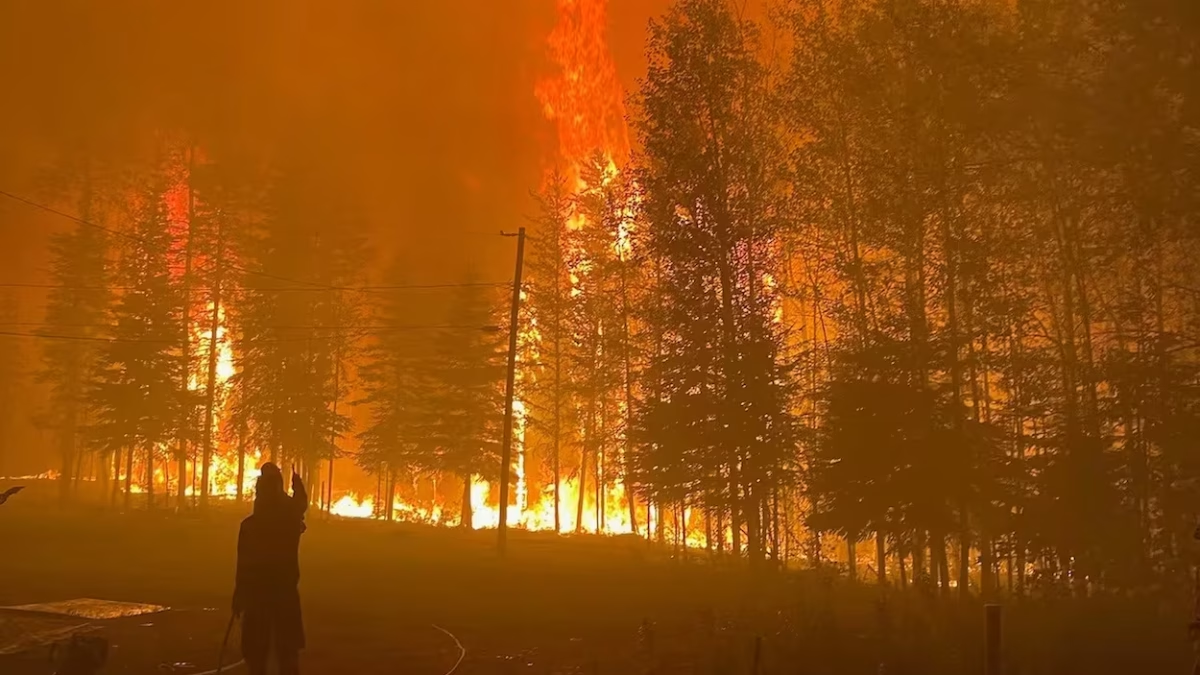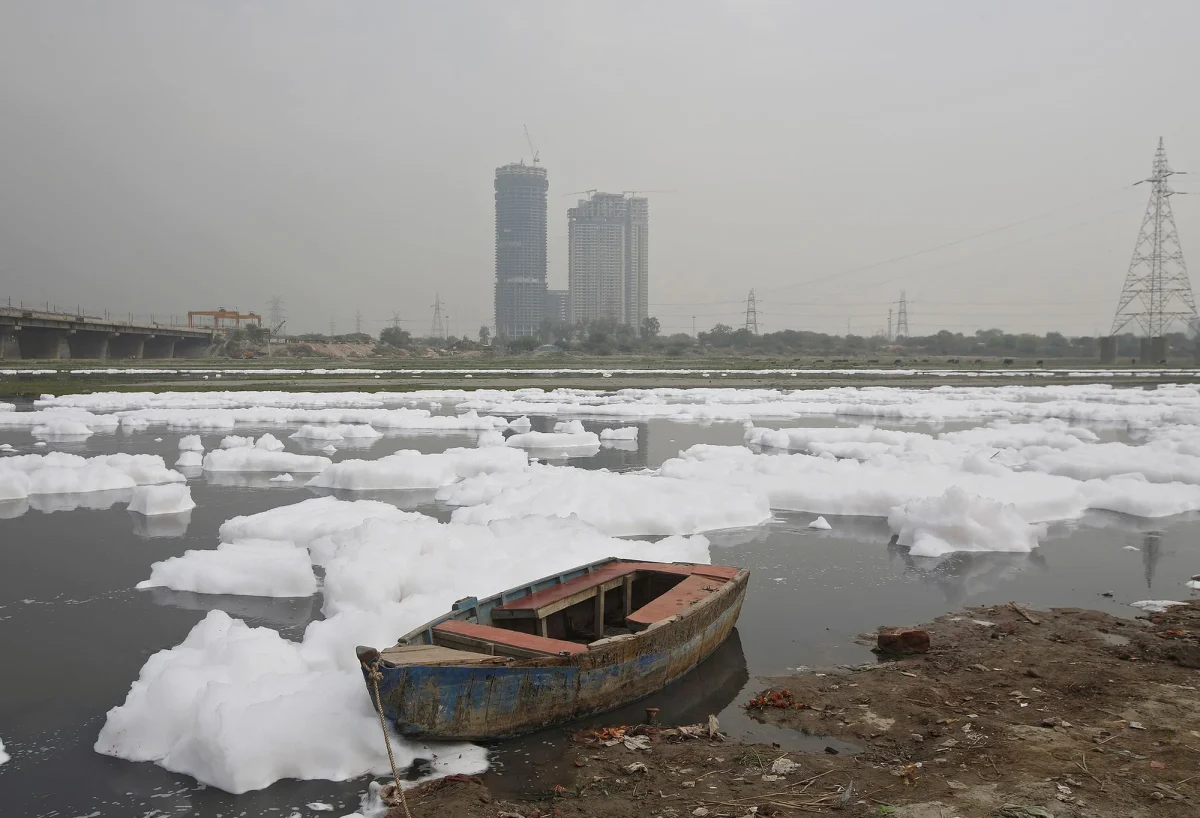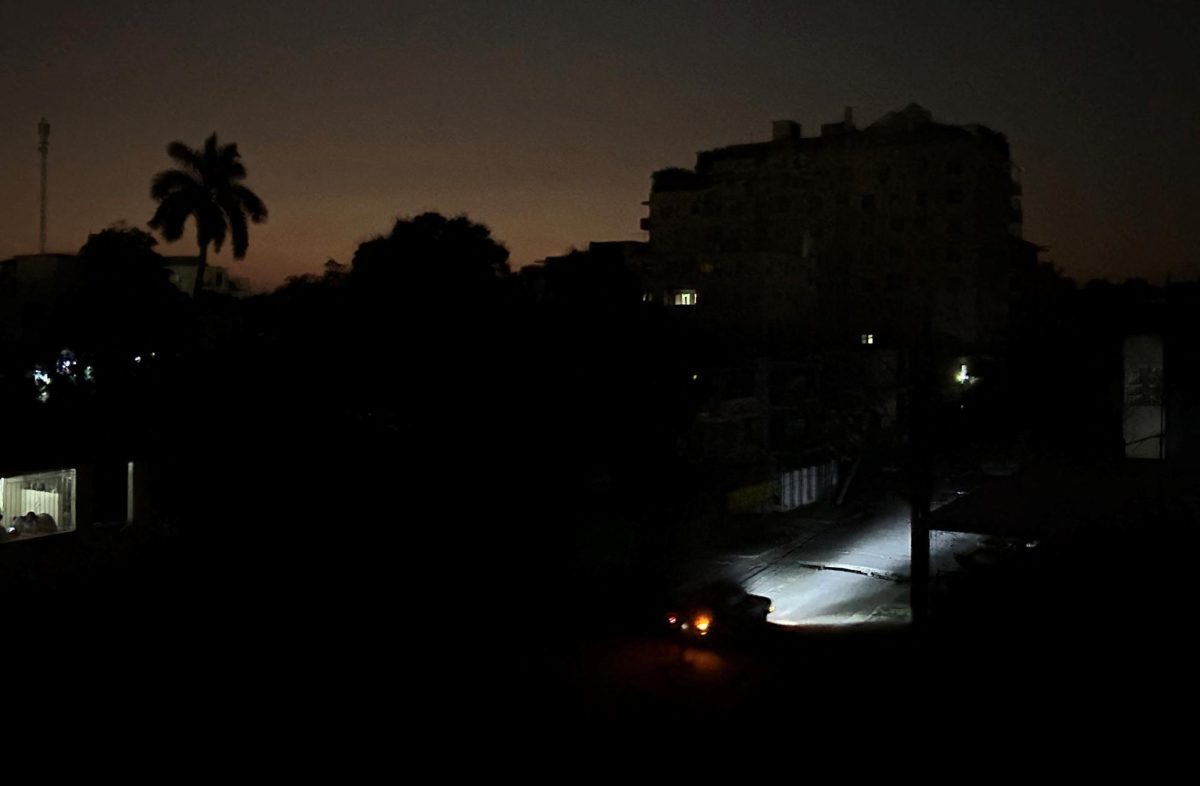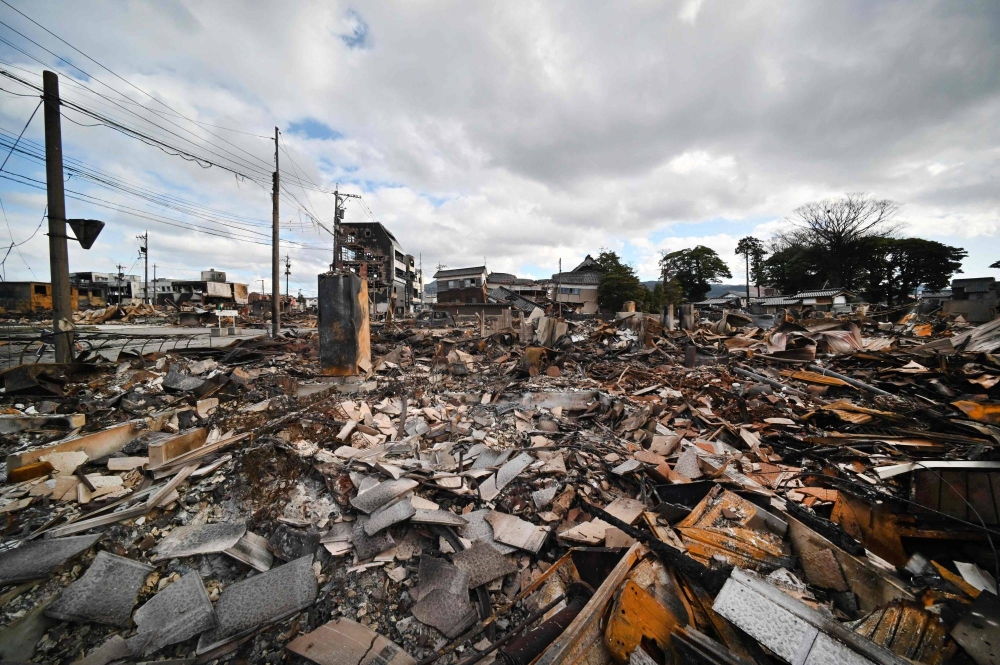With wildfires, El Ninô coming back and the ocean temperatures warming, the earth is getting hotter and hotter.
2023 was indeed a pretty hot year. Dangerous heat waves hit parts of North America, Europe, Africa and Asia all over the year. According to an analysis from the scientists of the NOAA’s National Centers For Environmental Information, 2023 was the warmest year on record. The year had a global average temperature of 14.98 Celsius, 0.17 higher than the previous warmest year, 2016. Global warming has been hitting the earth hard, in fact, the ten warmest years since 1850 have all occurred in the past decade.
With the comeback of El Ninô, the oceans have been getting warmer. Ocean heat is a great indicator of the temperature on Earth because it keeps 90 percent of the excess heat on Earth. “We saw record sea surface temperatures for the time of year from April all the way through to December, with sea surface temperatures about half a degree or more warmer than they normally are,” Burgess explained. “And because the ocean is 70 percent of the surface of the planet, this has a huge impact on global temperatures.” El Ninô is a climate pattern in the Pacific Ocean that affects the weather worldwide. This pattern has two phases, El Ninô and El Ninâ. El Ninâ is the opposite of what’s happening right now, it tends to cool down global temperatures. El Ninâ was happening from 2020 to mid-2023. In 2023, the ocean changed to El Ninô, which did not help the hot climate. “The onset of El Niño will greatly increase the likelihood of breaking temperature records and triggering more extreme heat in many parts of the world and in the ocean,” said the WMO Secretary General Prof. July 2023 was the warmest month in 120 000 years because of the come back of the pattern.
From late June to early July, wildfires across Canada burned 45 acres and sent bad air quality to the south of the country. “We are seeing an environment adapted to ice being driven off to be replaced by one that is adapted to fire. If you have these sorts of fires, these sort of monsters, you start to see quite big changes” declare Pyne, a fire historian at Arizona State University. During the days following the fires, the sky was an orange color and the weather was a mix of humidity and hotness. The air quality was so bad that the population couldn’t breathe properly. The fires had released more than 1.7 tons of planet-heating gases, three times the emissions that Canada produces in a single year.
July and August were the warmest months of the year. With more warming, the chances of having terrible climate impacts like wildfires, hurricanes and droughts are higher. There is a chance that 2024 will be even more hotter than the previous year, 2023.







